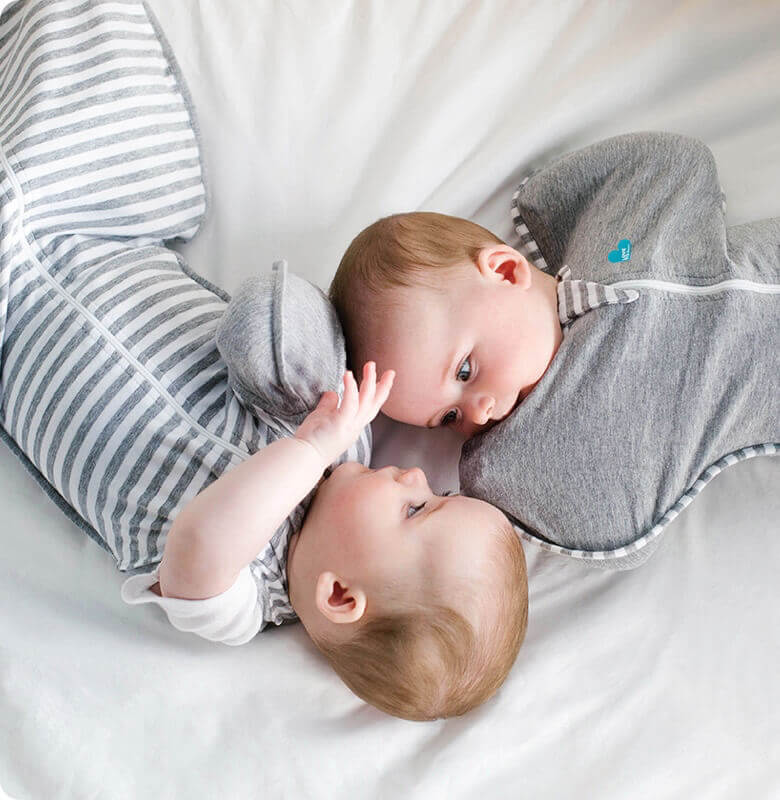How to adapt an environment for baby to sleep well
It is recommended by SIDS and Kids that parents sleep in the same room as their baby for at least the first 6 months of their baby’s life so that they can monitor their baby closely & reduce the risk of SIDS.
However this does mean that your baby is more likely to be woken by the sounds of you &/or your partner during the night & that she will need to adjust to being away from you when she eventually is permanently moved into her own room.
Whether you choose to keep your baby in your bedroom or have her sleep in her own room straight away here are some tips for providing a cosy environment so that your baby can sleep as well as possible:
- Put your baby to sleep in the same room she will wake up in rather than moving her, so that she knows where she is when she does wake & doesn’t become frightened. Also this will minimise the chance of her waking up when she is being moved from where she actually fell asleep to the place where you want her to sleep for the majority of the night.
- Regardless of which room your baby sleeps in, make sure it is a comfortable temperature & try to keep it the same all night long. Swaddling can help here, whereby swaddling your baby at night & dressing her loosely during the day may be enough for your baby to associate being swaddled with staying asleep.
- Keep an even closer eye on your baby when she is sick & her airways may become blocked because in the early months babies need clear nasal passages to breathe & can only alternatively breathe through their mouths if their noses are blocked when they are a bit older.
- Use a visual baby monitor with both sound & a large LCD screen (that attaches to the cot but is out of your baby’s reach) to check on your baby as well as going in regularly to check on her. Signs that may indicate your baby is having breathing problems include blue lips, grunting, coughing or if she is straining her face. However during the first few months when babies need to be woken up to be fed parents will be going in to their baby’s room in 2-4 hourly intervals already anyway so that this check will become part of the night time routine.
Facts verified by Jo Ryan, child sleep expert at Babybliss & a registered nurse of 20 years experience, with much of that time spent working in paediatrics.



















